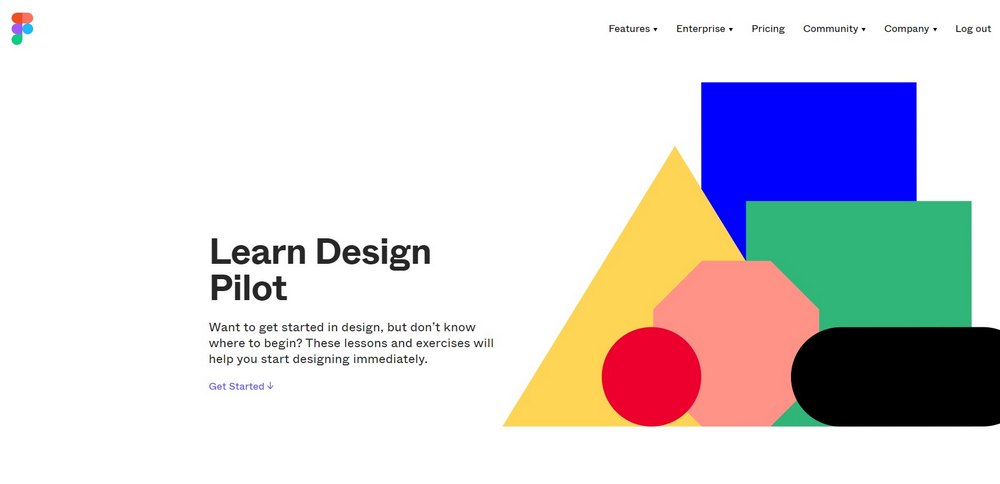
Figma is a cloud-based design and prototyping tool used by designers and teams to create user interfaces (UI), user experience (UX) designs, and interactive prototypes for web and mobile applications. It’s commonly used for collaborative design work, allowing multiple designers and stakeholders to work together in real-time on the same design projects regardless of their physical location.
Key features of Figma include:
- Real-time Collaboration: Figma enables multiple users to simultaneously work on the same design project. Changes made by one user are instantly visible to others, promoting seamless teamwork and communication.
- Cloud-Based: Figma stores design files in the cloud, eliminating the need for manual file sharing and version control. Designers can access and work on their projects from any device with an internet connection.
- Vector Editing: Figma provides powerful vector editing tools that allow designers to create and manipulate shapes, icons, illustrations, and other design elements with precision.
- Prototyping and Animation: Designers can create interactive prototypes by adding clickable links, transitions, and animations to their designs. This helps stakeholders visualize and understand the user flow of the final product.
- Components and Styles: Figma supports the creation of reusable components and design styles. This helps maintain consistency across the design by allowing designers to easily update elements that appear multiple times.
- Version History: Figma keeps track of design version history, allowing designers to revert to previous versions if needed.
- Comments and Feedback: Designers and stakeholders can leave comments directly on specific design elements, facilitating communication and feedback during the design process.
- Plugins and Integrations: Figma supports a wide range of plugins that enhance its functionality by adding additional features and integrations with other tools.
Figma’s cloud-based approach and collaborative features have made it popular among design teams of all sizes, from individual designers to large corporations. It has gained popularity as an alternative to traditional design tools due to its real-time collaboration capabilities and ease of use..